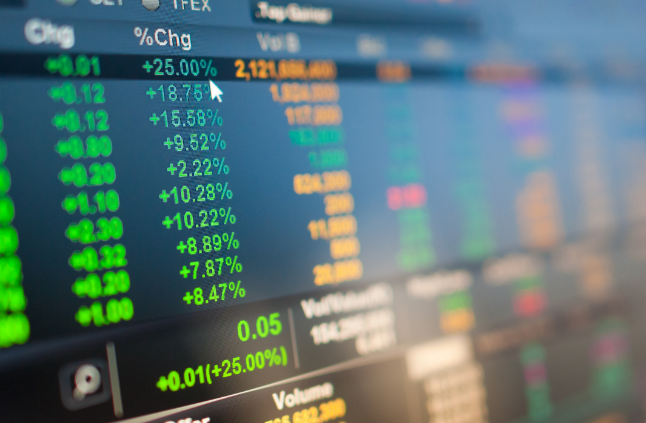The global macro-economic environment is a scary place right now as both stocks and bonds have been selling off dramatically.
However, there are signs in the US that inflation is starting to moderate and could bring about an easing in the Feds rate rising campaign as soon as the first part of next year.
Such a “pivot” in policy could slow the advance in rates and cause the beaten down bond markets to look attractive again. Meanwhile, the broader stock markets may be challenged for quite a while more—particularly if a recession takes hold—so it may be time to start taking a look at green bonds.
For the uninitiated, green bonds are an impact style of responsible investing which generally calls for the entirety of the bond issuer’s proceeds to be directly tied to a specific “green” project.
These projects can be focused on renewable energy, environmental improvement, or carbon transition and target attainment.
They can also focus on other niche areas such as water ecosystems (blue bonds) or social agendas (social bonds) such as affordable housing. While greenwashing in all areas of ESG can be an issue, green bonds have such a direct tie to a specific activity that they can provide a level of impact transparency that is very attractive to ESG investors.
As such, the number of green bond fund products have been growing of late and they also enjoyed an uptick in flows and assets under management off the back of the pandemic in a similar fashion as ESG equity funds did.
However, that surge fell quickly at the start of this year as the perfect storm of inflation and rising rates took hold.

Estimated net flows into “green” bond funds

This healthy growth and general attention to the space represents a maturing of this market which should bring about better liquidity and transparency, all of which enhances the attractiveness for investors.
However, they are still bond funds and that means they will struggle mightily when rates are on the rise right along with all fixed income securities. We can see these struggles exhibited in the flows into green bond funds since the end of last year.

Performance has understandably been challenged as well with many of these bonds and bond funds seeing negative returns upwards of 20-30% so far this year.
Recent performance isn’t the only less-than-green characteristic of these products. It should also be noted that some green bonds can be riskier than conventional bonds given that they align with very specific sub-industry areas that could be cyclical and subject to default.
Also, it’s important to point out that there exists a “greenium” in terms of a modest discount to bond coupon rates in recognition of the mission of many of these bonds in improving environmental or social causes.
This is to say that investors are willing to take a small cut on the yield of these bonds for the betterment of their objectives.
Average return for “green” funds

To note, this class of securities has seen most of the pickup in investment by the institutional investor space as the direct tie to projects is attractive for fund managers in need of exhibiting a degree of ESG asset allocation per their mandates.
The rise in green bond funds is now making these products more accessible to a broader investor audience who can benefit from diversity of holdings and professional management.
Therefore, as the broader bond markets recover, these products may be poised for more growth from an emerging segment of advisors and retail investors.
Furthering this “bull” case for green bonds are a confluence of potentially positive factors. First, rising rate environments tend to slow down new bond issuance. Even if rates stabilize soon, it takes a bit of time for issuance to pick back up again.
This means a more favorable environment for bonds may be met with a smaller pipeline of new bonds being issued.
There are also a couple major themes taking place in the world—combating climate change and energy independence—that play directly into the green bonds space of funding-related projects, so demand for these bonds should increase.
Finally, both government and corporate actors alike are seeing the benefit of floating these bond issues to both bolster their ESG credentials as well as fund needed energy transition and social impact projects.
All these factors point to increasing demand in the space, which tends to help boost bond prices.
All this said, no one can predict where the global macro economy may go in the next year, but it may make sense to start becoming familiar with this growing asset class.
Robert Jenkins is head of global research at Refinitiv Lipper, an LSEG Business.


